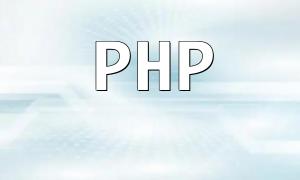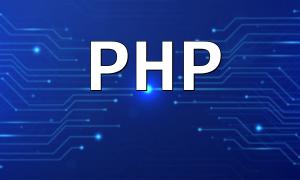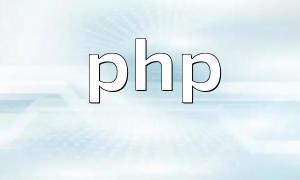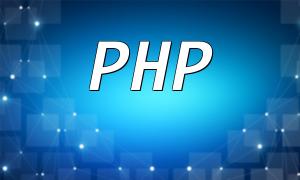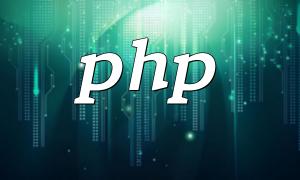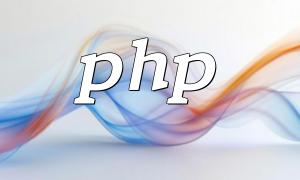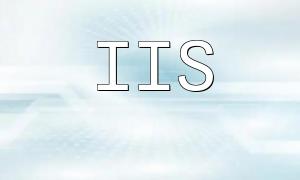In real-world development, deploying and releasing PHP projects can be a time-consuming task, especially for large-scale or complex applications. PHP frameworks provide modular, reusable components that significantly improve efficiency during deployment. This article explores the value of PHP frameworks in deployment and provides a practical example with Laravel.
By leveraging PHP frameworks, projects gain the following benefits during release and deployment:
Laravel is one of the most popular PHP frameworks, known for its elegant syntax and powerful ecosystem. Below is an example of deploying a simple blog application using Laravel.
composer global require laravel/installer laravel new blog cd blog composer install
In public/index.php, configure the APP_ENV setting to indicate the environment (e.g., development or production).
Laravel Mix helps with compiling and minifying static assets:
npm install --save-dev laravel-mix
Add the following to webpack.mix.js:
// webpack.mix.js
mix.js('resources/js/app.js', 'public/js')
.sass('resources/sass/app.scss', 'public/css');
Run npm run dev or npm run production to build the assets.
After building, upload the compiled files to the server’s public directory. This can be done via SSH commands or FTP tools, depending on your hosting setup.
To further streamline the process, CI/CD tools such as GitHub Actions can be used to automate deployment. By creating a workflow file, each code commit can trigger build, test, and deployment tasks automatically.
Deploying projects with Laravel brings several benefits:
By using PHP frameworks, development teams can release projects more efficiently while improving maintainability and stability.
